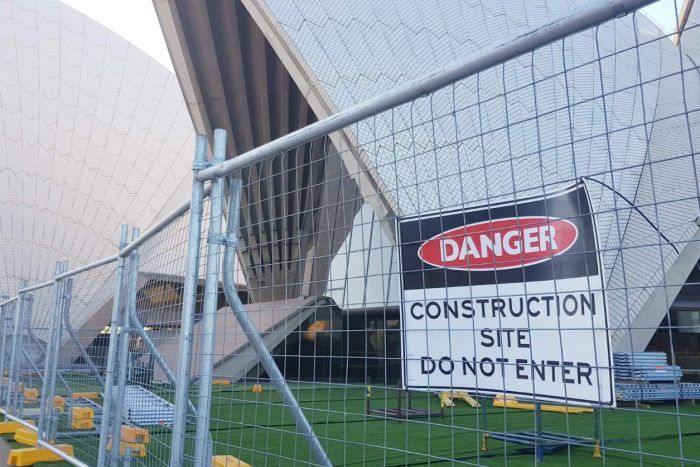Like many other Australian buildings constructed in the 1950's, the iconic Sydney Opera House has been found to contain asbestos.
It was first reported back in August that asbestos fibres had been found in the building's wiringand that 25 workers were exposed to the carcinogenic material while working on a service duct. Last Thursday, more unexpected asbestos was detected while electricians were carrying out upgrades to the Opera House’s Joan Sutherland Theatre.
Samples of the substance were taken for testing on Thursday and confirmed to be friable asbestos on Friday. In response, the 35 electricians working on the Joan Sutherland Theatre refused to continue working due to the presence of the toxic substance.
Friable asbestos products, such as ‘Mr Fluffy’ were generally used as insulation. Not particularly common in Sydney, friable asbestos saw widespread use in colder parts of the country such as the outer suburbs of Canberra.
Also known as loose fill asbestos, friable asbestos is particularly hazardous. While other asbestos products are usually only dangerous if disturbed or removed incorrectly, fibres from friable asbestos easily become airborne with little provocation. Breathing in just a single asbestos fibre can lead to serious negative health effects like mesothelioma.
The side effects of asbestos exposure can take decades to emerge and this latest batch of workers exposed to the toxic substance won’t know for between 10 to 30 years if their exposure is fatal or not.
Although the company contracted to carry out the building upgrades, Laing O’Rourke, claims to have a comprehensive asbestos management plan in place, last week alone there were two unexpected asbestos finds, not including the workers exposed to asbestos back in August. Such asbestos finds pose a serious risk for workers carrying out the upgrades.
This high profile asbestos case is a harrowing reminder of the serious health risks posed by asbestos and how important it is that asbestos is removed carefully and by trained professionals.





